Peter Gleick: Time for a “Cash for Water Clunkers” Program
The international water expert proposes a plan to ensure the long-term sustainability of the United States’ water resources.
Here is a long-overdue idea for an additional piece of “stimulus” for local economies, and one that won’t cost any money in the long run—indeed, it will produce both new jobs AND money, and it will reduce environmental impacts of our water use.
The United States should commit $5 billion in a “Cash for Water Clunkers” program to help individuals and businesses get rid of old water-wasting appliances and processes. Not only would such a program save vast quantities of water, but it would also provide a number of other important benefits. Specifically, it would
— Help ensure the long-term sustainability of the nation’s water resources by reducing wasteful use;
— Reduce energy use and associated greenhouse gas emissions by saving all of the energy required to produce, move, and use that unnecessary water;
— Save money by reducing household and business water and energy bills and deferring or downsizing expensive water and wastewater infrastructure.
Some examples of how it would work:
— Replacing an old 5-gallon per minute showerhead with an efficient 1.5-gallon per minute showerhead will save a three-person household 15,000 gallons of water a year, much of it hot water.
— Replacing an old commercial dishwasher will save 50,000 gallons per year and 14,000 kilowatt hours of electricity (or over 600 therms of natural gas).
— Replacing an old commercial washing machine will save 38,000 gallons per year (plus energy).
— Replacing a community’s inefficient water appliances will create plumbing and contractor jobs.
What would a $5 billion program produce?
— A direct investment of $5 billion in water-efficiency programs could boost the U.S. GDP by $6.5 to $7.5 billion and 75,000 to 110,000 plumbing, trade, and manufacturing jobs.
— Save between 3 and 5 trillion gallons of water a year. [These estimates are based on the report of the Alliance for Water Efficiency. ]
A “Cash for Water Clunkers” program should have the following characteristics:
Funds should be provided to cover part of the cost of new, water (and energy) efficient appliances that meet the official “WaterSense” standards (coordinated by the US EPA). Dishwashers and clothes washers should meet standards recently agreed to by water and energy efficiency advocates and the Association of Home Appliance Manufacturers, and all other appliances should meet EnergyStar specifications.
These funds would help homeowners and businesses who choose to replace old water-wasting appliances and equipment, which can then be recycled. Funding could be prioritized to water-efficient appliances produced in the U.S., thereby providing a special boost to U.S. manufacturers.
The program should also be accompanied by a jobs-training program for plumbers and contractors in low-income communities, along the lines of the now-legendary partnership between the Madres del Este de Los Angeles Santa Isabel (Mothers of East Los Angeles Santa Isabel – MELASI) and several local water utilities more than a decade ago. That program helped the City of Los Angeles replace over 2 million old inefficient toilets (though many millions more remain, locally and nationally). The funds for such programs could be managed by local community groups, in conjunction with local water utilities.
Recently, the Pacific Institute released a brand new “Water, Energy, Climate Calculator” for homeowners to use (WECalc) to figure out how much water (and associated energy) they use and to offer recommendations for reducing the use of both. Save water, save energy, save money, create permanent skilled trade jobs, reduce environmental impacts—a quintuple “win.”
And similar kinds of programs could be developed to save water in agriculture. One recent study showed that substantial water savings are possible in both the urban and the agricultural sectors, and a separate new survey of farmers just released showed that cost was the major barrier to capturing these savings
Peter Gleick
Dr. Gleick’s blog posts are provided in cooperation with the SFGate. Previous posts can be found here.


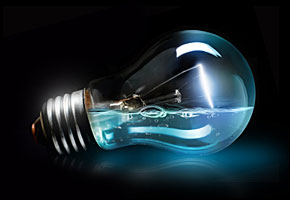
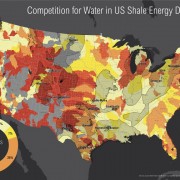

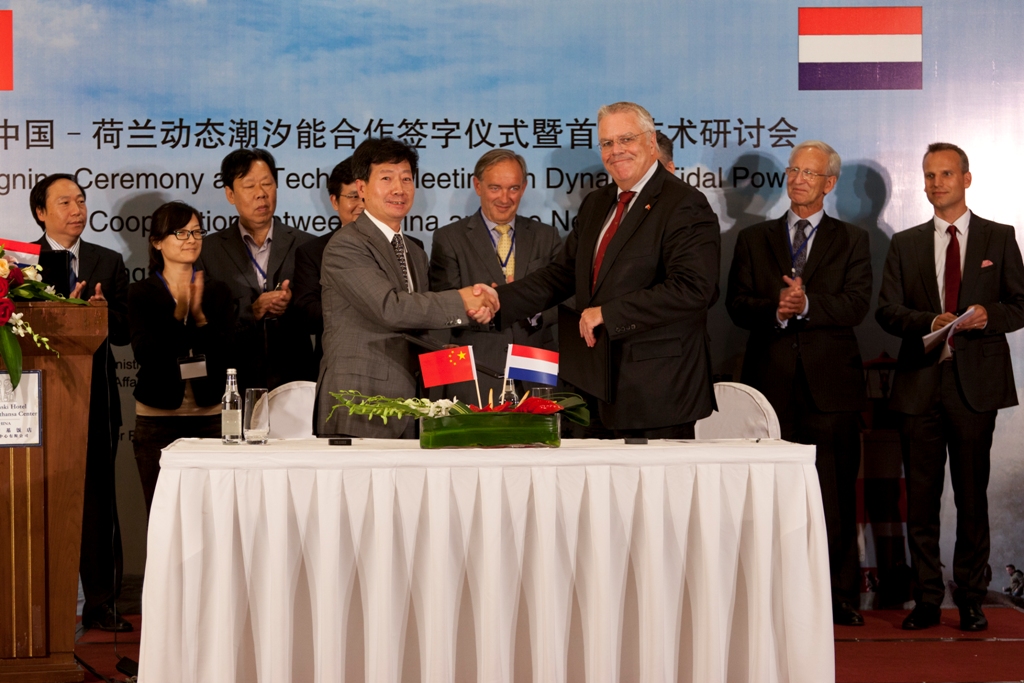

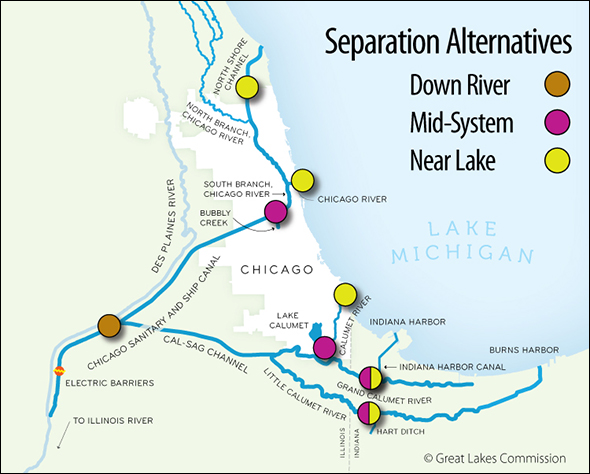

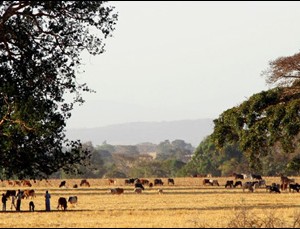

Leave a Reply
Want to join the discussion?Feel free to contribute!